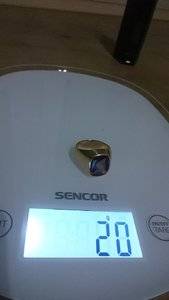
Hello there,
I would like to ask you to try to identify my stone. A lil bit of history of it: my father gave me this, and he got it from his father. My grandfather got it from its father. And father of my grandfather got it from its father. Geez that was long, but I assume that the story goes on and on, but theres no docs to document that. My father told me that our family had some lets say "contact" with russian monarchy, as I've seen very old, original document written in old russian language signed by Alexander II who was ruler of Russia back in 1844-1894, so I believe this ring could be from that time as well. Ring is very heavy itself and stone is big. Stone color changes depending on light, Ive noticed that it is deep purple in artificial light, and blue in daylight. Ive noticed P20 stamp inside and not sure about the other one. Looks like some head in helmet (or without?) with some letters on left and right side, seems J on left and N or H on right.
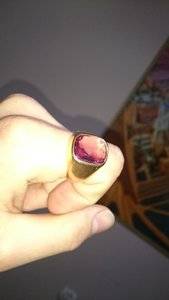
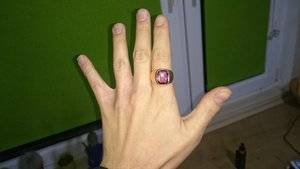
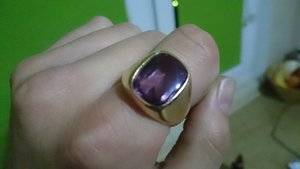
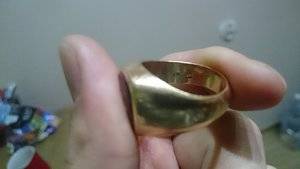
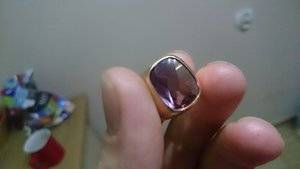
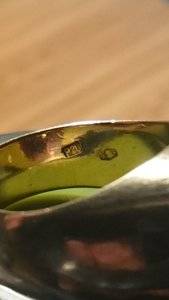
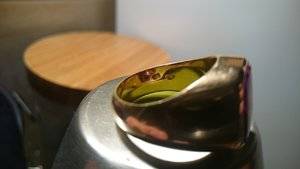 Any ideas?
Any ideas?


300x240.png)